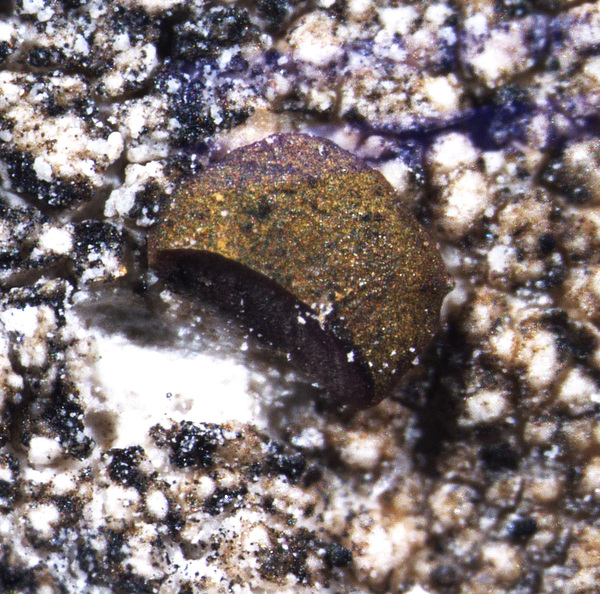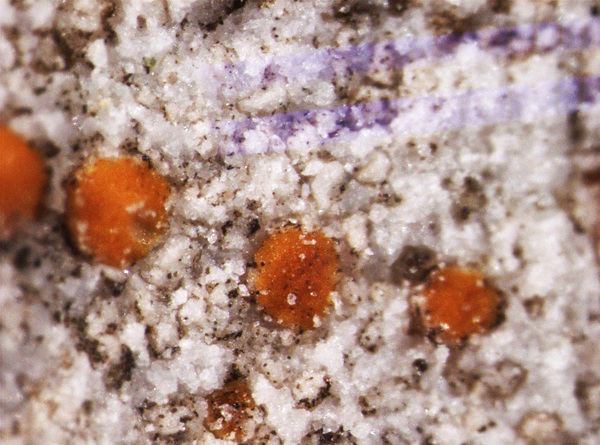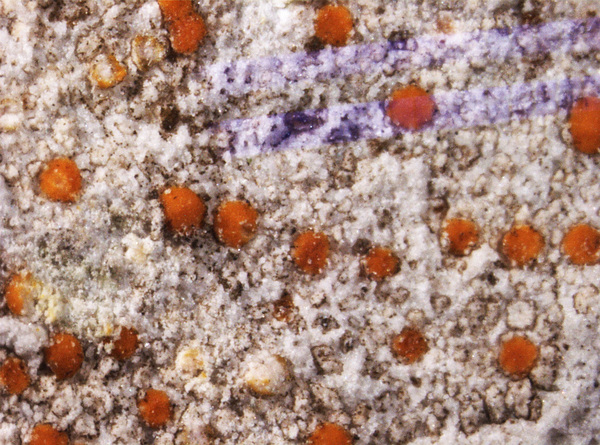Protoblastenia siebenhaariana var. alpina (Arnold) Clauzade & Cl. Roux
Bull. Soc. bot. Centre-Ouest, Nouv. sér., num. spec. 7: 828, 1985. Basionym: Biatora rupestris var. alpina Arnold - Verh. zool.-bot. Ges. Wien 19: 643, 1869.
Synonyms:
Distribution: N - Frl (TSB 38973).
Description: Thallus crustose, usually endosubstratic and poorly evident, sometimes very thinly episubstratic, mostly poorly evident. Apothecia biatorine, not constricted at base, 0.4-1.5 mm across, with a dirty orange to finally brown to dark brown, convex, smooth disc, and a very thin, soon excluded proper margin. Proper exciple poorly developed, of branched hyphae, colourless to orange-brown, patchily pigmented; epithecium brown to orange-brown, 10-20 µm high, with granular crystals reacting K+ red, N-; hymenium colourless to pale orange, 50-135 µm high; paraphyses coherent, sparingly branched and anastomosing, 2.5-4 µm thick, the apical cells hardly swollen, up to 5 µm wide; hypothecium brown, orange-brown or reddish brown, patchily pigmented. Asci 8-spored, clavate, with a well-developed, amyloid tholus containing a more intensely amyloid, indistinct tube structure, without an ocular chamber, approximating the Porpidia- or Psora-types. Ascospores 1-celled, hyaline, ellipsoid to ovoid, thin-walled, 6-11 x 3-6 µm, without a distinct perispore. Photobiont chlorococcoid. Spot tests: thallus K-, C-, KC-, P-; apothecia K+ purple-red. Chemistry: apothecia with anthraquinones, mainly parietin.Note: this variety, which perhaps is not strictly related to the typical one, differs from the typical variety in the mostly endolithic, poorly evident thallus and in the ecology, being restricted to limestone rocks; known from the Eastern Italian Alps, but perhaps overlooked and more widespread in the Alps.
Growth form: Crustose endolithic
Substrata: rocks
Photobiont: green algae other than Trentepohlia
Reproductive strategy: mainly sexual
Commonnes-rarity: (info)
Alpine belt: very rare
Subalpine belt: extremely rare
Oromediterranean belt: absent
Montane belt: absent
Submediterranean belt: absent
Padanian area: absent
Humid submediterranean belt: absent
Humid mediterranean belt: absent
Dry mediterranean belt: absent
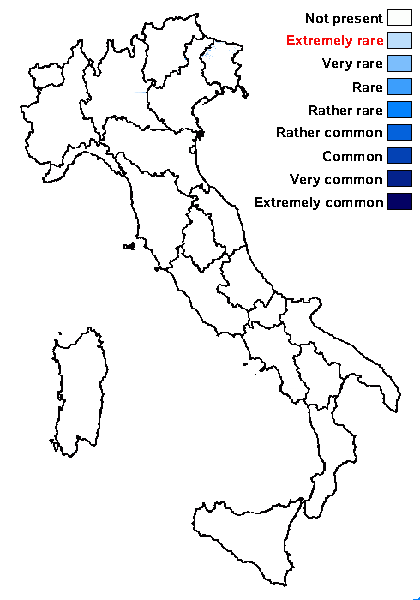
Predictive model
Herbarium samples
Growth form: Crustose endolithic
Substrata: rocks
Photobiont: green algae other than Trentepohlia
Reproductive strategy: mainly sexual
Commonnes-rarity: (info)
Alpine belt: very rare
Subalpine belt: extremely rare
Oromediterranean belt: absent
Montane belt: absent
Submediterranean belt: absent
Padanian area: absent
Humid submediterranean belt: absent
Humid mediterranean belt: absent
Dry mediterranean belt: absent

Predictive model
| Herbarium samples |
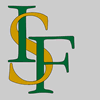 INDEX FUNGORUM
INDEX FUNGORUM
 GBIF
GBIF
 DOLICHENS
DOLICHENS
